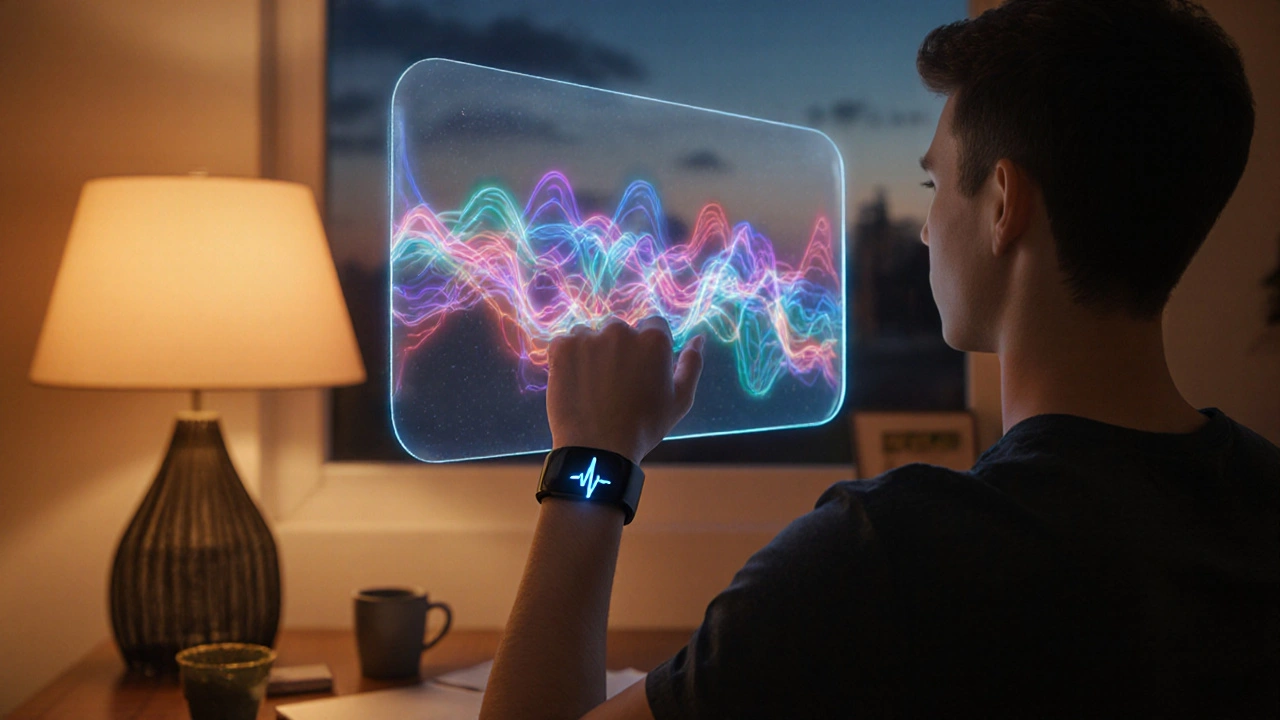HRV Biofeedback: Understanding the Tool for Better Health
When working with HRV biofeedback, a technique that measures heart‑rate variability and feeds the data back to the user for self‑regulation. Also known as heart‑rate variability training, it lets you see how stress, breathing, and thoughts affect your nervous system in real time. The core idea is simple: your heart doesn’t beat at a constant pace; the tiny fluctuations between beats carry a wealth of information about your body’s stress response. By displaying those fluctuations on a screen or wearable, you can learn to calm yourself, improve focus, and even enhance sleep quality. HRV biofeedback isn’t a magic cure, but it provides a clear, measurable link between mind and body that many other wellness methods lack.
Why HRV Biofeedback Matters
The power of heart rate variability, the variation in time intervals between consecutive heartbeats lies in its ability to reflect autonomic nervous system balance. Higher variability usually signals a relaxed, adaptable system, while low variability can indicate stress or fatigue. Stress management, the practice of recognizing and reducing tension benefits directly because HRV biofeedback gives you instant feedback on how well your relaxation techniques are working. Combine it with mindfulness, and you get a feedback loop: you notice stress, breathe, see the HRV improve, and reinforce the calm habit. This loop supports better sleep, sharper focus at work, and faster recovery after exercise. Many athletes now pair HRV biofeedback with wearable technology to track daily readiness, and clinicians use it to help patients with anxiety, PTSD, and chronic pain manage symptoms without medication.
Putting HRV biofeedback into everyday life doesn’t require a lab. A simple chest strap or fingertip sensor syncs with a smartphone app, showing you a live graph, a calming color score, or a guided breathing session. Start by measuring your baseline for a few mornings, then experiment with slow breathing, meditation, or a brief walk. Notice how the numbers shift and which actions raise your variability the most. Over weeks, you’ll build a personal toolkit: when a deadline spikes your stress, you know exactly which breathing pattern brings your HRV back up. This practical, data‑driven approach turns vague feelings into concrete targets, making self‑care more actionable. Below you’ll find articles that dive deeper into gut health, nutrition for sleep, and stress‑reduction techniques—all of which intersect with HRV biofeedback to give you a holistic view of wellness.

Biofeedback for Anxiety Relief: How It Works and Benefits
Learn how biofeedback works for anxiety relief, compare popular methods, and get a step‑by‑step plan to start calming your nervous system today.
Read More